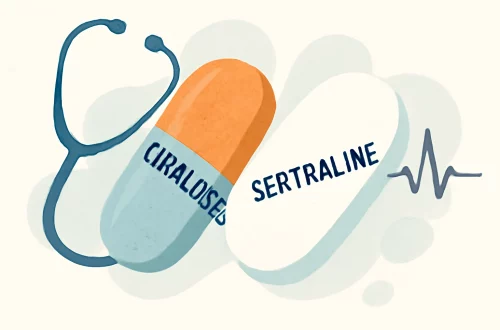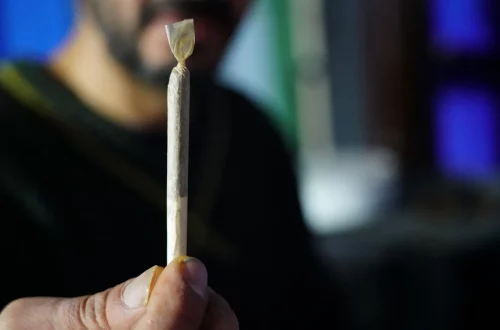
How to Care for a Cut Pad of Dog Paw: Essential Tips for Healing
Caring for your dog’s paw is an essential aspect of pet ownership that often goes overlooked until an injury occurs. The pads of a dog’s paws serve as protective barriers, allowing them to navigate various terrains safely. However, these pads can be susceptible to cuts, abrasions, and other types of injuries that may cause pain and discomfort. Understanding how to properly care for a cut pad is crucial not only for your dog’s immediate well-being but also for their long-term health.
When your dog sustains a cut pad, it can be a distressing experience for both you and your furry friend. Dogs may exhibit signs of pain or discomfort, which can manifest as limping, licking the affected area, or becoming more withdrawn than usual. As a responsible pet owner, it’s vital to recognize these signs and take proactive measures to facilitate healing. A clean and well-managed injury can prevent infection and promote faster recovery, allowing your dog to return to their playful self sooner.
In addition to addressing the physical aspects of the injury, emotional support is also important. Your dog may feel anxious or scared due to the pain and unfamiliar sensations associated with the cut. Providing a calm and reassuring environment can help alleviate some of this stress. Taking the time to educate yourself on the proper care for a cut pad can make all the difference in your dog’s healing process, ensuring they remain comfortable and happy throughout their recovery journey.
Assessing the Injury
Before you can begin treating a cut pad, it’s essential to assess the severity of the injury. A minor cut may only require basic first aid, while a more severe injury could necessitate veterinary attention. Start by carefully examining the affected paw. Look for signs of bleeding, swelling, or exposed tissue, and check if your dog is in significant pain. If the cut is deep, oozing pus, or your dog is excessively licking the area, it’s best to consult a veterinarian.
If the cut appears to be minor, you can initiate first aid at home. Gently clean the area with lukewarm water to remove any dirt or debris. Avoid using hydrogen peroxide or alcohol, as these can irritate the wound and delay healing. Once cleaned, you can apply a sterile bandage if necessary, but make sure it is not too tight, as this may impede blood circulation.
Monitoring your dog’s behavior is crucial during this process. If they seem excessively distressed or the cut does not improve within a few days, do not hesitate to reach out to your veterinarian for further advice. They may recommend additional treatments or medications to help manage pain and prevent infection. Remember, your dog’s comfort and well-being should always be a priority, and taking the time to assess the injury accurately will set the stage for effective treatment.
Proper Cleaning Techniques
Once you’ve assessed the injury, the next step involves cleaning the cut pad effectively. Cleanliness is paramount in preventing infections that could complicate the healing process. Start by gathering your supplies: lukewarm water, mild soap (if necessary), clean gauze, and possibly antiseptic spray or ointment recommended by your veterinarian.
Begin by rinsing the affected area with lukewarm water to remove any dirt or debris. If the cut is particularly dirty, you can use a mild soap, but be sure to rinse thoroughly to eliminate any soap residue. Avoid using any harsh chemicals or disinfectants, as these can cause further irritation.
After cleaning, gently pat the area dry with a clean cloth or gauze. It’s important not to rub, as this can aggravate the injury. If your dog allows it, you might apply a vet-approved antiseptic ointment to help protect the wound from bacteria. Be careful to use only products that are safe for pets, as some human products can be toxic to dogs.
Once the pad is clean and treated, you may want to cover it with a bandage to provide an extra layer of protection. This can help prevent your dog from licking the wound and reduce exposure to dirt. However, keep an eye on the bandage to ensure it remains clean and dry. Change the bandage daily or as recommended by your veterinarian.
Managing Pain and Discomfort
Dealing with pain and discomfort is a critical part of caring for a cut pad. Dogs may react to injury in various ways, including limping, whining, or behaving more withdrawn than usual. Ensuring your dog is as comfortable as possible can significantly aid in their recovery.
First and foremost, consult with your veterinarian about appropriate pain relief options. They may prescribe medications or suggest over-the-counter options that are safe for your dog. Never give your pet human pain medications without consulting a vet, as many can be harmful or even fatal.
In addition to medication, creating a comfortable environment can help your dog feel more at ease. Provide them with a soft bed in a quiet area of the house where they can rest undisturbed. Limit their activity during the initial healing phase, as excessive movement can exacerbate the injury. Short, controlled leash walks may be acceptable for bathroom breaks, but avoid any vigorous exercise until your vet gives the green light.
Supportive measures like using a dog boot or paw protector can also help. These products can keep the injury clean and shield it from further damage during the healing process. Ensure that any protective gear is properly fitted and comfortable for your dog. Monitoring for any signs of irritation or discomfort while wearing it is essential.
When to Seek Veterinary Care
While many minor cuts can be managed at home, there are specific situations in which seeking veterinary care becomes essential. It’s crucial to recognize the signs that indicate your dog may need professional intervention. If the cut is deep, won’t stop bleeding after a few minutes of applying pressure, or if you notice swelling, redness, or pus around the area, these are all signs that warrant a trip to the vet.
Additionally, if your dog is showing signs of severe pain, such as constant whining, inability to put weight on the affected paw, or changes in appetite and behavior, don’t hesitate to consult your veterinarian. They can provide a thorough examination and determine if further treatment, such as sutures or antibiotics, is necessary.
Regular follow-up appointments may also be needed to ensure that the wound is healing properly. Your vet can assess the progress and make recommendations for ongoing care. They may also suggest additional supportive treatments, such as laser therapy or specific ointments, to enhance healing.
In summary, while caring for a cut pad requires diligence and care, understanding when to seek professional help is crucial. Your veterinarian is your best resource for ensuring your dog’s recovery is as smooth and quick as possible.
Please note that this article is for informational purposes only and does not constitute medical advice. For any health-related issues, always consult a qualified veterinarian.




